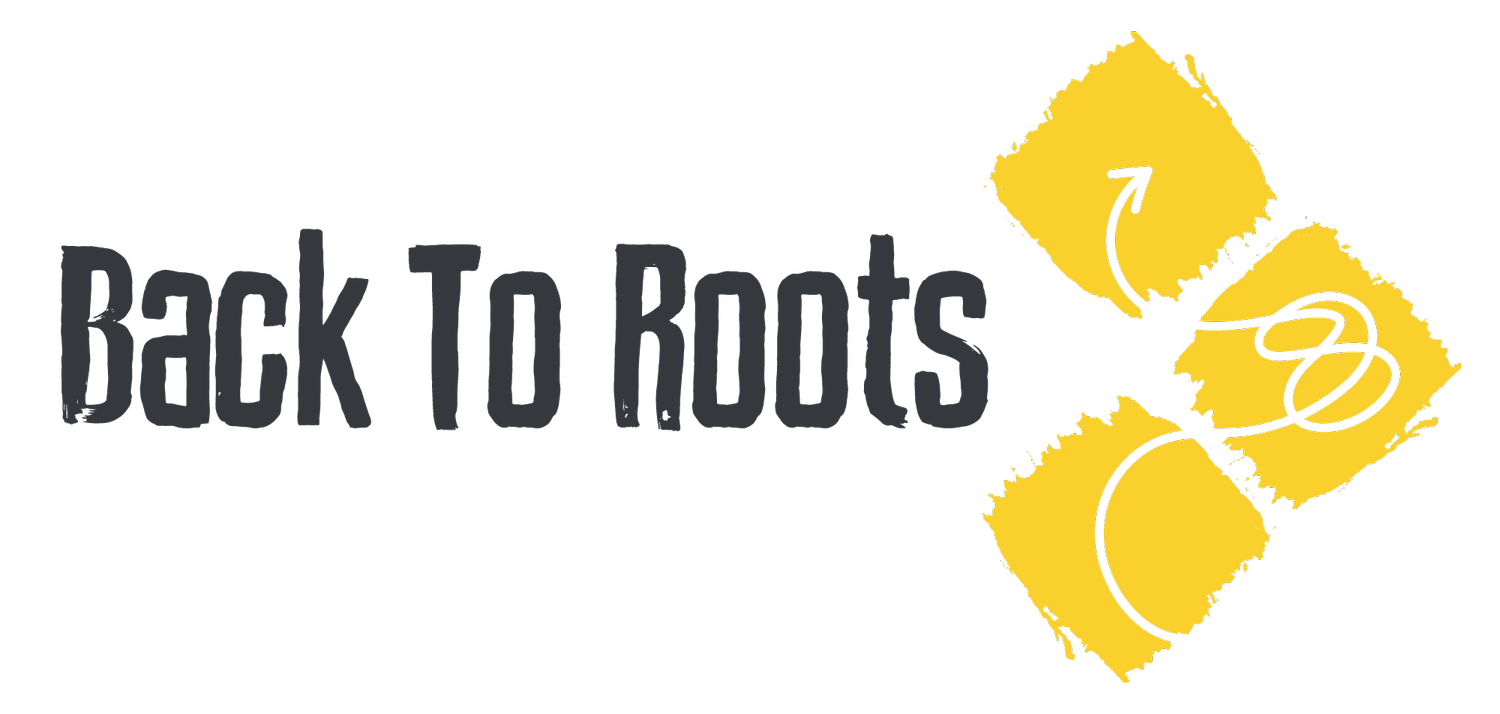B2R Movement Mastery & Record Keeping Part I
A question and answer flow based movement warm up we love.
We play, we train. We are incredibly inspired by play, however to be able to expand our play, and safely, we have to TRAIN.
If you already work with our team you know that we take play seriously and move as much as we can ourselves, in as many ways as we can and relish movement variability above all else. To this end, we need to help you guys who are new to our programming and healthcare approach understand some key elements that will hold you in good stead for going forward and working with us.
Before we do that, let’s discuss briefly another key topic first, as understanding this is also pivotal to working with us and will provide immediate context for the aforementioned key elements referenced above.
EXERCISE Vs TRAINING
Now just so we’re clear, B2R cherishes all things movement. Whether it be running or yoga, dancing or weightlifting it matters not, we love it all and do it all, but many people don’t clearly understand how to approach these elements and develop them. We wanted to help you understand how we do this within our healthcare approach, as sharing knowledge and ideas is a fundamental component of who we are.
“We love play. We love training. We love exercise. Its not an either or”
For further clarity, we search for all types of exercise and take every opportunity available to get sweaty and out of breath and are happiest when we are doing this often, especially when this involves creative and playful movement – as the benefits of this work across a bio-psycho-social platform are simply huge. However, when people often talk about exercising and training regularly there can be some confusing terminology used.
Let’s get to it
Exercising is very, very different to training and the two should not be confused or mistaken with each other. Engaging in activity to improve some general elements of cardiorespiratory health or general function is exercise, such as going to your gym’s local spin class or attending a circuit training session, where the focus is simply to attend, work hard and get through as much as you can. Don’t think we undervalue this, this is a very healthy activity and socially engaging process that is incredibly valuable – and we love it!.
“Training & exercise are very different. Training is specific and goal oriented”
What we really love though is training. Training is distinctively purposeful practice that is intended to nurture a key identified longer term outcome or goal. It is likely that you have already done this yourself at some point, whether it be as part of a school team or club and you practiced set plays or rehearsed special moves designed specifically to achieve a certain end result – such as scoring points and winning games.
Other examples may include developing a specific strength foundation to enable you to perform a skill or task, such as a handstand or your snatch technique for Olympic weightlifting. Training does have many of the general benefits and perks that exercise has however the time spent is specific and goal oriented.
CONCEPT OF MASTERY
Have you ever watched a ballerina? Or a gymnast? Or a world champion boxer or martial artist??
These people have mastered their craft and there are two distinctive characteristics that run through anyone who has mastered something…..
Not everyone can be Simone Biles (by the definition of her gold medal, she is the best at her game!), but what can we take from people like Simone and bring into our own training??
Read on in part II…
#B2R :)

